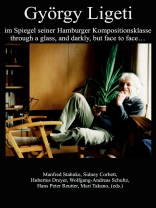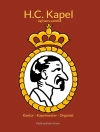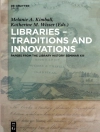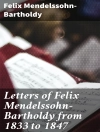György Ligeti is a composer whose stance always extended into a multidimensional field. The old and the new in music, or, more generally, artistic and scientific thinking as a whole, were his closest and most inspiring companions and everything new had to be further developed. Yet for him, nothing could be really new without a deep relationship with the old. And the power of the old had to be woven into every new idea. This necessity to subsume what came before into all things new was also his ‘torture rack’. His students in Hamburg experienced this great seeker, this indeed desperate seeker in a most intense way. And he imbued upon us the extreme necessity of taking the next steps, and challenged us to participate and challenged us as, in a great game, to join in the search.
A great many of György Ligeti’s students collaborated on this book.
The result is a colorful bouquet of articles, some of which provide astonishing insights into the person, the teacher, the composer György Ligeti, and all in all include many aspects that would scarcely be accessible to a musicologist coming from outside this inner circle.
Про автора
Manfred Stahnke
born 1951 in Kiel. Composer and musicologist. Main teacher among others from 1974 in Hamburg György Ligeti. Musicology 1974-79 Constantin Floros.
At the suggestion of Ligeti, he founded the Chaosma Ensemble 1985. Compositions for ensemble modern, SWR Sinfonieorchester etc. Prizes in Bonn, Stuttgart, Hitzacker, Ligetipreis Hamburg 1989. Three chamber operas, including the Internet opera ‘Orpheus Kristall’, Munich Biennale 2002. From 1988 professor Hf MT Hamburg. Emeritus since 2017. From then on freelance. Violist in the Hamburg Ton Art Ensemble and in the Ton Art String Quartet.
Books among others:
Mikrotöne und mehr – Auf György Ligetis Hamburger Pfaden, (ed.) Manfred Stahnke, Bockel, Hamburg 2005.
György Ligeti: A Hybrid World, Bo D, Norderstedt 2022
My View on Ligeti, Partch & Compagnons. Collected Essays, Lectures and Interviews, Bo D, Norderstedt 2017.












